Private Tutor Martin
I am a long-term independent private English language tutor who prioritises natural teaching ability combined with top-quality materials over formal qualifications. Since 2008, I have been continuously refining my teaching methods, carefully selecting materials, and enhancing my overall teaching abilities to better meet the diverse needs of my students.
My focus lies in discovering and nurturing individual talents, identifying specific needs, and becoming a trusted consultant, mentor, and coach in their learning journey.
The ultimate achievement for me is when my students gain the confidence to navigate English-speaking environments internationally with ease, without questioning their language abilities.
I am deeply committed to teaching English while fostering leadership awareness, personal coaching, and mentoring, aiming to be a trusted adviser who provides unwavering support, thoughtful guidance, and practical advice whenever my students need it.
Cambridge Life Competencies Framework
My approach to teaching is deeply rooted in the Cambridge Life Competencies Framework, a philosophy that perfectly complements my belief in holistic education.
- Creative Thinking
- Critical Thinking
- Communication
- Collaboration
- Learning to Learn
- Social Responsibilities
Here are three key reasons why I have chosen to align with this framework:
Fostering Individual Growth
I firmly believe that a world-class teacher’s role extends far beyond academics. A teacher must uncover each student’s unique needs and talents, guiding them to develop not only their skills but also their character. The Cambridge Life Competencies Framework aligns seamlessly with this aim, nurturing essential personal qualities while promoting academic progress.
Teaching Students to Think in English
My goal is not merely to teach students how to use English, but to help them think in English. By engaging them in tasks that demand critical thinking, creativity, and collaboration, this framework equips them to apply their language skills in real-world situations, empowering them to become confident and capable individuals.
Encouraging Lifelong Learning
The Cambridge framework supports my conviction that a teacher’s influence is only a small part of a student’s journey. By cultivating skills such as independent learning, adaptability, and a genuine curiosity for knowledge, it ensures students develop a self-sustaining ‘appetite for learning more’ that endures long after they leave the classroom.
By weaving this framework into my teaching, I strive to equip students with the tools they need to flourish both personally and academically, instilling a lifelong passion for growth and discovery.
Cambridge English Scale
Understanding English qualifications is essential, as they provide a clear framework for learning outcomes and goals. They enable students and educators to track progress, set realistic targets, and ensure language skills meet global standards. Whether for academic, professional, or personal development, these qualifications validate proficiency and unlock opportunities in education, employment, and international communication.
Measuring progress in English learning is vital to confirm that students remain on course to achieve their goals and to pinpoint areas requiring further attention. Regular assessment delivers valuable feedback, motivates learners, and allows me to tailor instruction to individual needs. It also builds confidence by demonstrating growth over time and keeps learning aligned with desired outcomes—be they examinations, career ambitions, or real-world communication.
To ensure assessments are accurate and reliable, I employ both the Common European Framework of Reference for Languages (CEFR) and the Cambridge English Scale, guaranteeing full alignment with internationally recognised language proficiency standards.
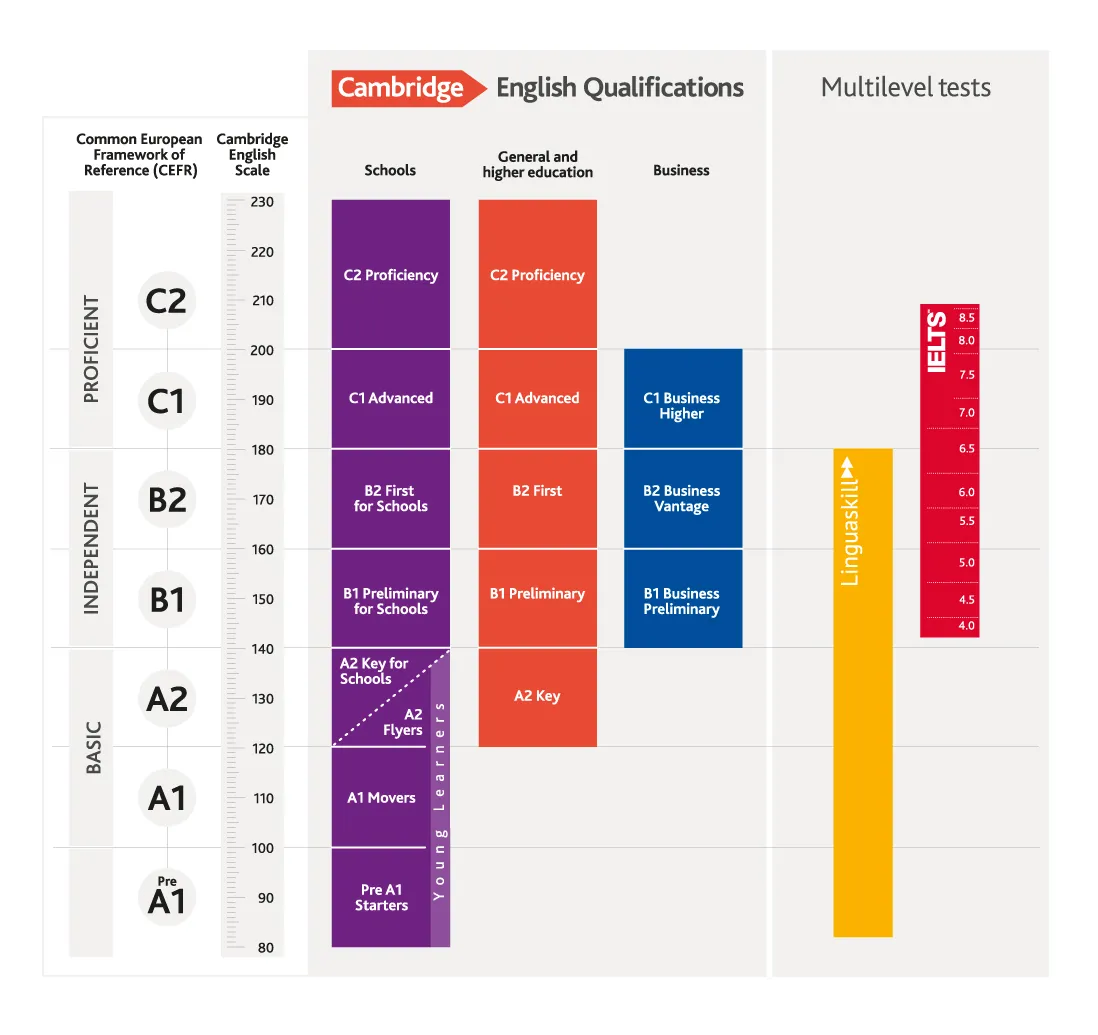
These frameworks offer a clear, standardised way to measure learners’ proficiency across key language skills—reading, writing, listening, and speaking—at every stage of their journey.
Placing Students by Age: Using the Cambridge Pathway
Determining whether a student belongs in the primary, secondary, or advanced category often starts with understanding their age group. To simplify this and offer clarity, I use the Cambridge Pathway framework.
This globally recognised scheme classifies students into age-appropriate stages, ensuring alignment with the progression typically followed in the United States and the United Kingdom.
The approach divides learners into clear categories:
Primary – ages 5–11
Lower Secondary – ages 11–14
Upper Secondary – ages 14–16
Advanced – ages 16–19
While precise alignment with these age bands is not always possible when English is a second language, the Cambridge Pathway remains an invaluable motivational tool for both students and parents. It aligns with US grades pre-K–12.
By referencing the structure that schools in the USA and UK adopt, families gain a clearer view of the progression of levels and ages expected in those countries. This perspective is especially helpful for those who aspire to study abroad.
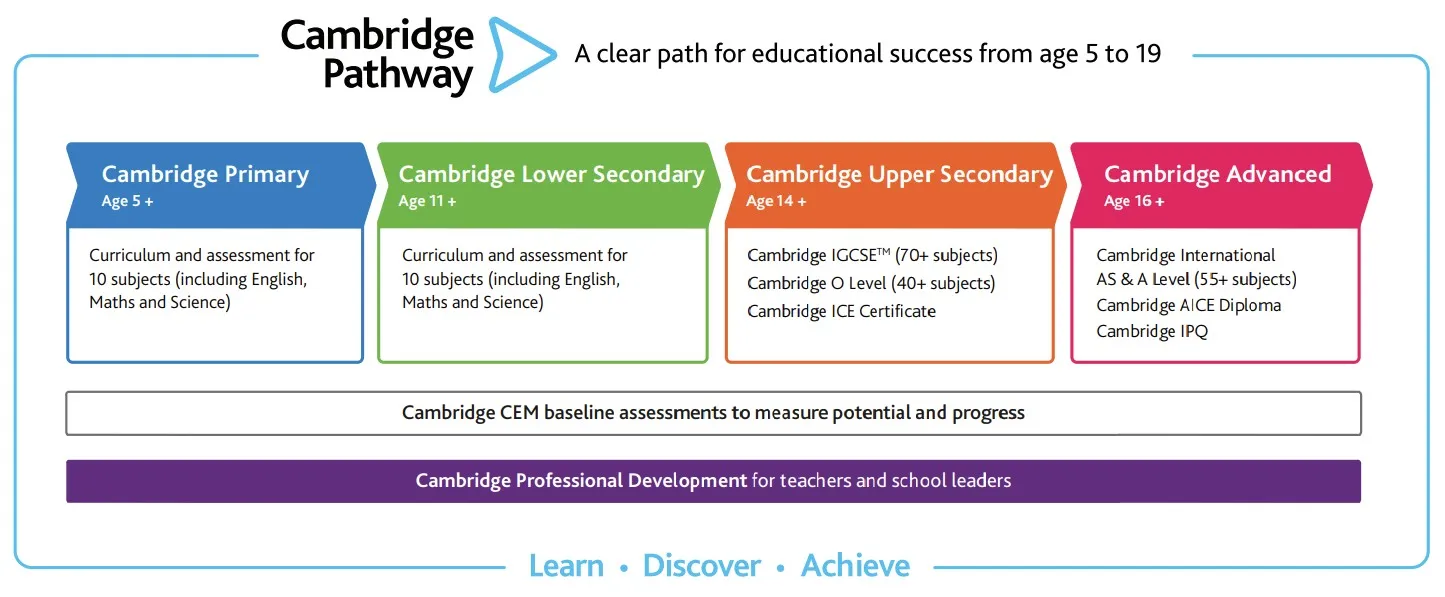
Project based learning
Project based learning gives English a clear purpose. Instead of rehearsing language for its own sake, learners use vocabulary, grammar, and discourse to investigate a problem, propose options, and defend a solution. The approach treats knowledge as something built through making a plan, a prototype, a brief, or a presentation, which naturally develops critical thinking, collaboration, and precise communication.
A practical example is a noise reduction project in which learners act as junior sound designers. After a short stimulus and guided questioning, they define the problem, agree roles, and map what they know and what they need to find out, such as how sound travels, what decibel levels mean, and which everyday materials insulate. Target language is introduced at each stage, including process verbs, cause and effect linkers, careful hedging, and presentation phrases, then used in a cycle of designing, testing, receiving feedback, and refining. Learners keep concise portfolios to record data, design choices, useful language, and reflections on teamwork.
Results are visible and motivating. Short peer critiques, exit prompts, and brief reports track both language growth and understanding of the problem. The trickiest phases, especially problem framing and early research, are eased by clear success criteria, a small bank of starting sources, and modelling of good questions. The outcome is better fluency and accuracy, stronger writing and presentations, and a heightened sense of responsibility for issues beyond the classroom.
Content and Language Integrated Learning (CLIL)
I employ the Content and Language Integrated Learning (CLIL) method to make English acquisition both engaging and effective, blending language learning with subject-specific content such as science, history, or geography.
This innovative approach enables students to acquire English naturally whilst mastering real-world topics, enriching their vocabulary, grammar, and communication skills in a meaningful context.
Focus on Mastering Language Skills
The method prioritises the development of core language abilities—listening, speaking, reading, and writing—within authentic English contexts. It emphasises grammar, vocabulary, pronunciation, and communication strategies to establish a robust foundation in linguistic proficiency.
Focus on Mastering the Content
English serves as the medium for exploring academic or real-world subjects, such as science or history. Students gain subject knowledge whilst simultaneously sharpening their language skills, rendering learning more engaging and practical.
Rooted in the conviction that language is best learnt through purpose and context, my teaching philosophy centres on creating an immersive, student-centred environment where English becomes a tool for exploration and discovery.
Through the CLIL method, I not only guide students towards English language proficiency but also equip them with vital cognitive, cultural, and subject-specific skills for future academic and professional success in a globally connected world.
Inquiry-based learning (IBL)
Inquiry-based learning (IBL) is an educational approach that places the learner at the heart of the process, encouraging them to ask questions, investigate topics, and build knowledge through exploration and critical reflection. Rather than passively receiving information, students actively engage with content by formulating their own inquiries, conducting research, and evaluating their findings. This method cultivates deeper understanding by fostering curiosity, independence, and intellectual involvement.
In English language education, inquiry-based learning allows learners to use the language purposefully while exploring real-world topics that interest them. For example, instead of memorising vocabulary lists or studying grammar in isolation, students might investigate environmental challenges, cultural traditions, or technological advancements, using English to pose questions, analyse sources, and present their conclusions. This approach not only strengthens linguistic competence but also develops analytical, collaborative, and presentation skills essential for academic and professional success.
Moreover, IBL aligns with learner-centred pedagogies that value diversity, agency, and relevance. It positions me as a facilitator who supports and guides the learning journey, rather than simply delivering content, creating a more dynamic and responsive classroom. When implemented effectively, inquiry-based learning transforms language education into a process of discovery, empowering students to take ownership of their progress and use English as a tool for inquiry, problem-solving, and global communication.
Enhancing Learning with Monolingual Dictionaries
I regard the use of monolingual dictionaries as a cornerstone of effective English language learning. By offering definitions, explanations, and examples entirely in English, these dictionaries train learners to think in the target language rather than falling back on translation.
Monolingual dictionaries immerse learners in natural, context-rich definitions and authentic usage examples, deepening their grasp of word meanings and subtleties.
They also foster mastery of synonyms, antonyms, and collocations—vital for fluency and richer expression.
Moreover, engaging solely with English explanations sharpens critical thinking and problem-solving as learners actively wrestle with the language.
Below is a selection of my favourite monolingual English dictionaries, each with distinctive features to help learners build vocabulary, appreciate nuance, and refine their communication skills.
- Cambridge Advanced Learner's Dictionary
- The Merriam-Webster Dictionary
- Oxford Advanced Learner's Dictionary
- Longman Dictionary of Contemporary English
- Collins English Dictionary
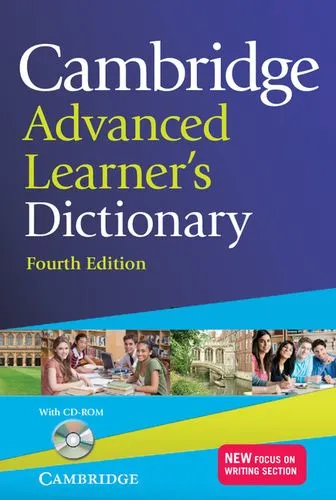
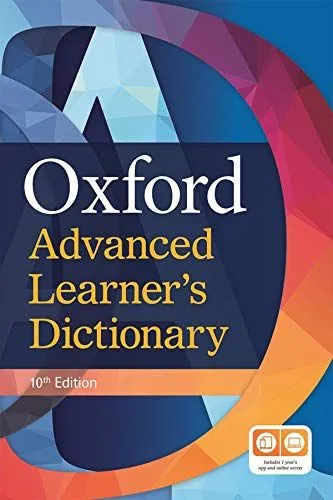
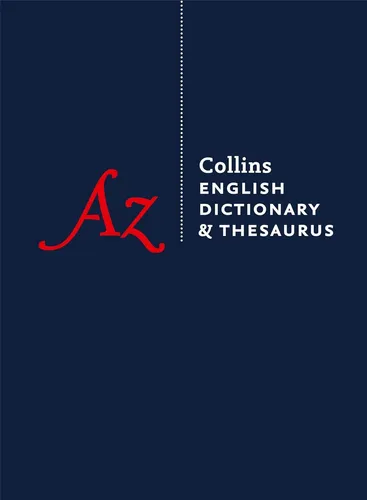
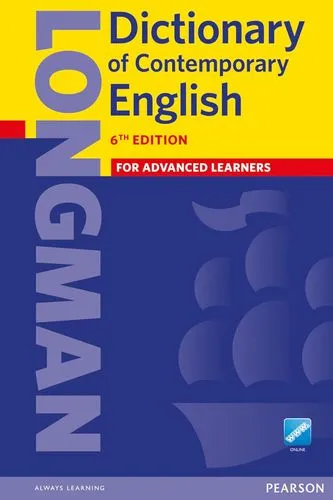

Embracing the Diversity of English
Whenever possible, I align with British English, as it reflects my personal preference and deep admiration for its cultural richness, clarity, and charm. That said, I take a pluralistic approach, embracing both British and American varieties to prepare learners for the realities of a globalised world.
As English continues to evolve through migration and the rise of multipolarity, international accents and global variations are gaining prominence. Recognising this shift, I emphasise the importance of understanding and engaging with these diverse forms of English to promote effective and inclusive communication.
My ultimate goal is to enable students not only to navigate and appreciate the distinctive qualities of British and American English but also to embrace the language’s dynamic, global character. By developing sensitivity to international accents and the myriad ways English is used worldwide, learners become better equipped to communicate confidently and inclusively in any context, mirroring the interconnectedness of today’s global society.
Philosophy of Teaching
Commitment to Research-Driven Excellence
With more than 17 years of experience teaching international students from varied backgrounds, my approach is firmly rooted in cutting-edge educational research. By weaving in insights from the neuroscience of language acquisition, the psychology of learner engagement, and other contemporary studies, I deliver instruction that is both evidence-based and highly effective.
Leading-Edge Resources for Superior Learning
To ensure a consistently outstanding experience, I curate materials from globally respected educational publishers. Renowned for their academic rigour and practical relevance, these resources lay a robust foundation for meaningful language development.
Staying Ahead with Innovation
In a rapidly changing educational landscape, keeping pace is vital. I regularly attend seminars, workshops, and conferences to stay informed of the latest developments in curriculum design, assessment strategies, and digital teaching tools.
Quality Over Quantity: Personalised Attention
To foster genuine progress, I limit my teaching to 10 students per semester, affording each one personalised guidance, tailored feedback, and focused support. This approach addresses individual needs, celebrates milestones, and drives substantial growth, creating an enriched and engaging learning journey.
Technology for Seamless Learning
I harness the latest technology to deliver smooth, interactive online lessons, ensuring students receive engaging and effective tuition wherever they are. This flexible method blends the power of digital tools with the personal touch that makes learning truly impactful.
Independent and Diverse Learning Experience
As an independent English tutor, I am not tied to any publishers or specific educational programmes. This independence allows me to hand-pick and curate the most effective materials from a wide array of trusted sources.
This flexibility ensures students enjoy a rich variety of resources. It also enhances the learning experience by incorporating top-quality materials tailored to individual goals—whether building conversational fluency, mastering academic English, or preparing for international examinations.
By embracing this diversity, I offer students a fresh and dynamic approach to learning English, equipping them with skills that go well beyond conventional classroom methods and preparing them for the multifaceted demands of a globalised world.
Learning Plans & Policies
I offer a structured and engaging way to learn English, guiding you through every step of your language journey. With three academic terms each year, you can study at a pace that suits you whilst making steady progress.
Term Structure
- Spring Term (January – April)
- Summer Term (May – August)
- Autumn Term (September – December)
- Individual Plan – Learn on Your Own Schedule
Lesson Packages & Structure
- Standard Package – 15 lessons per term (1 lesson per week)
- Extended Package – 30 lessons per term (2 lessons per week)
- Intensive Package – 45 lessons per term (3 lessons per week)
Get Started
Email me with a brief overview of your (or your child’s) current English level, learning goals, and lesson preferences, and I’ll create a personalised plan to support your progress!